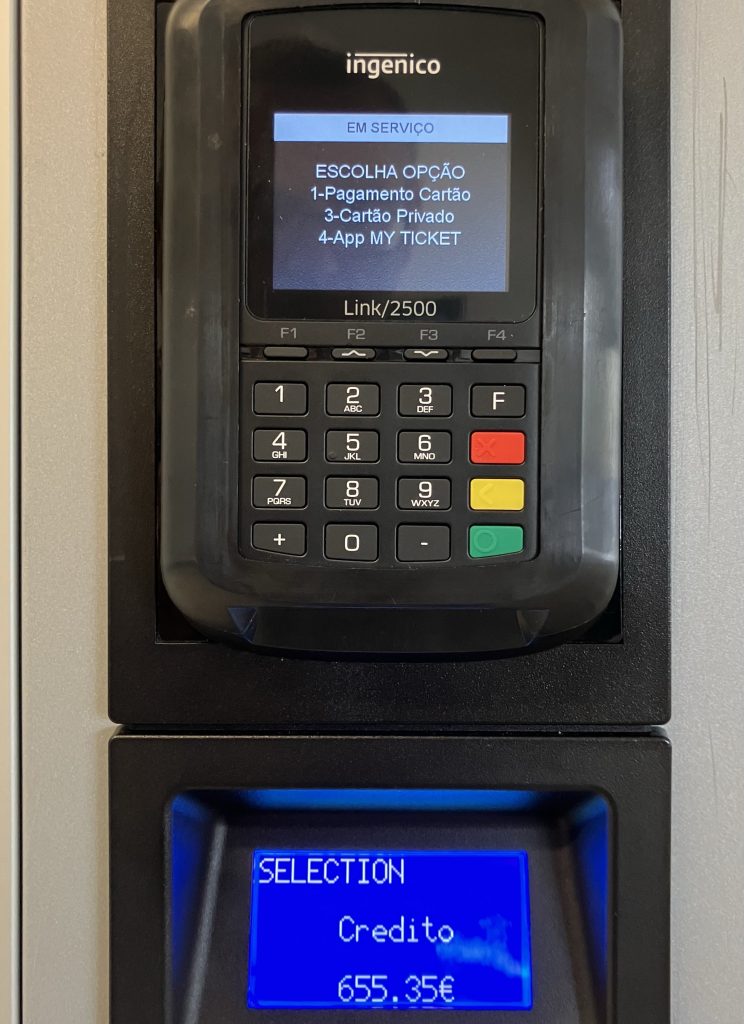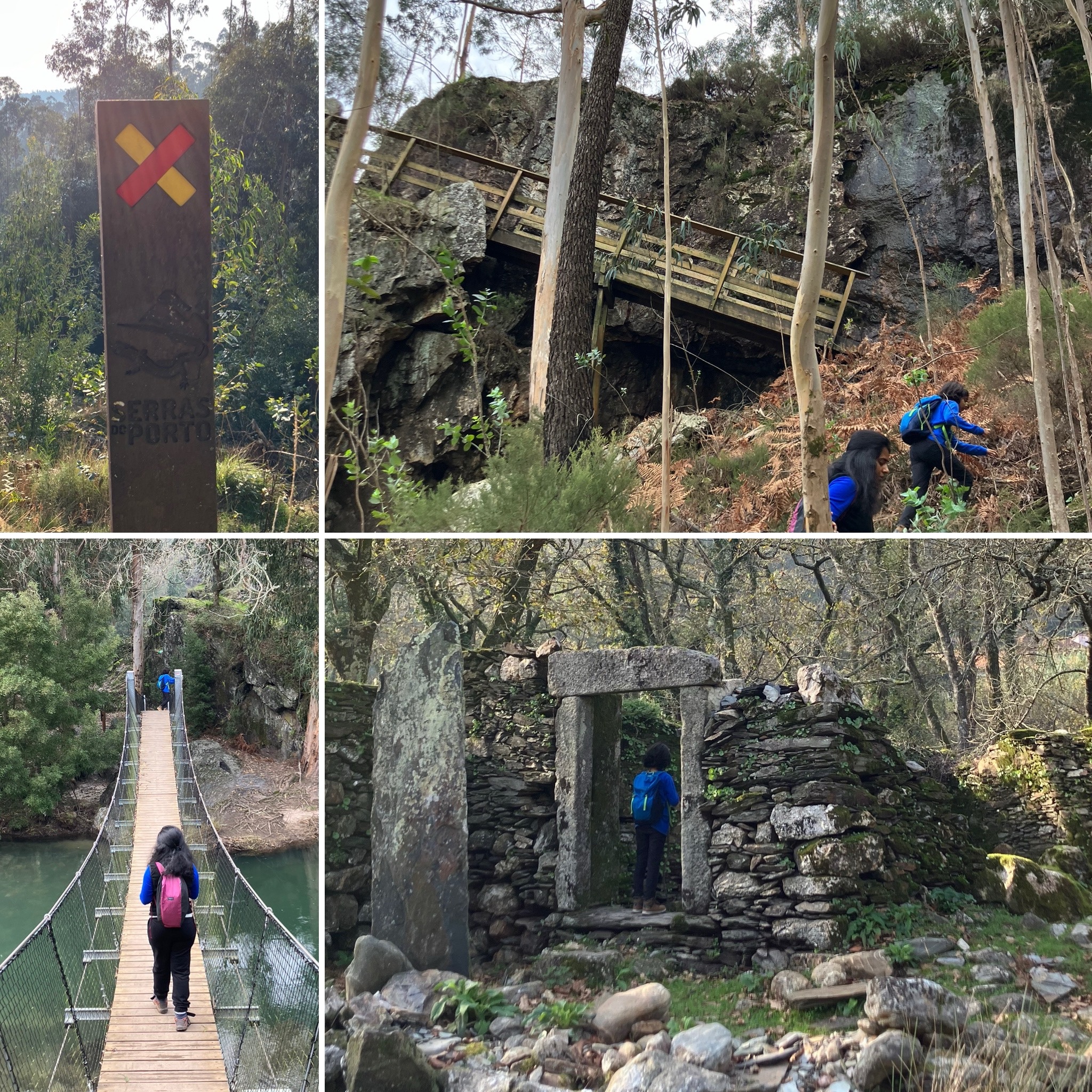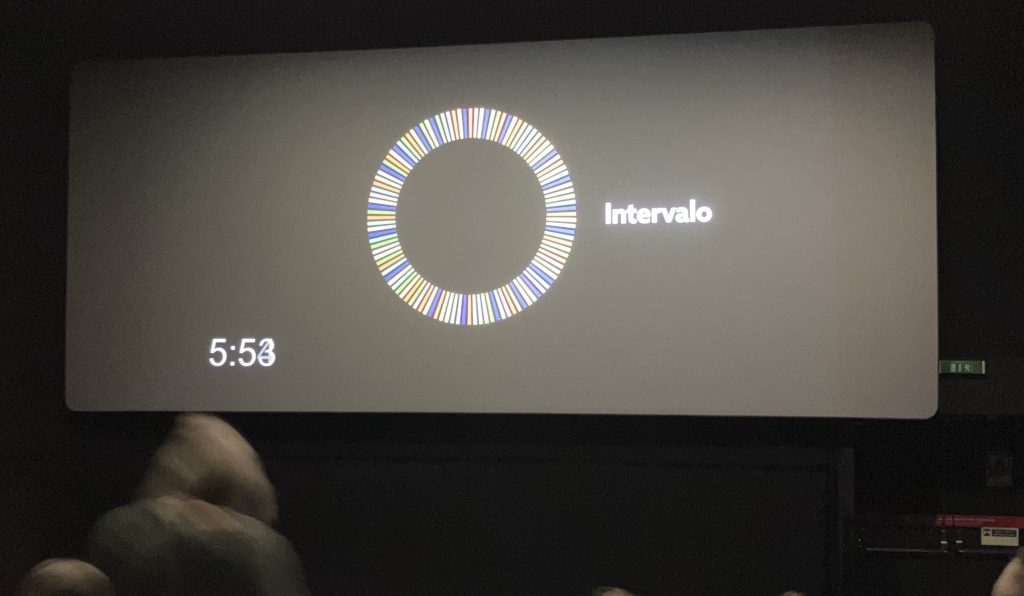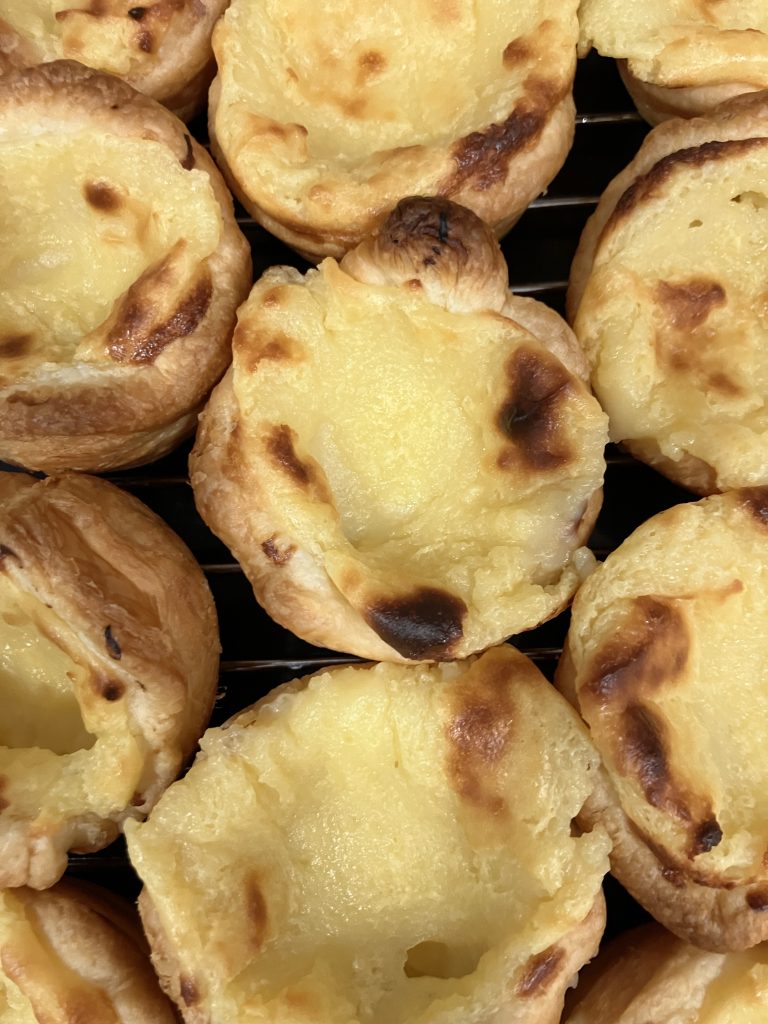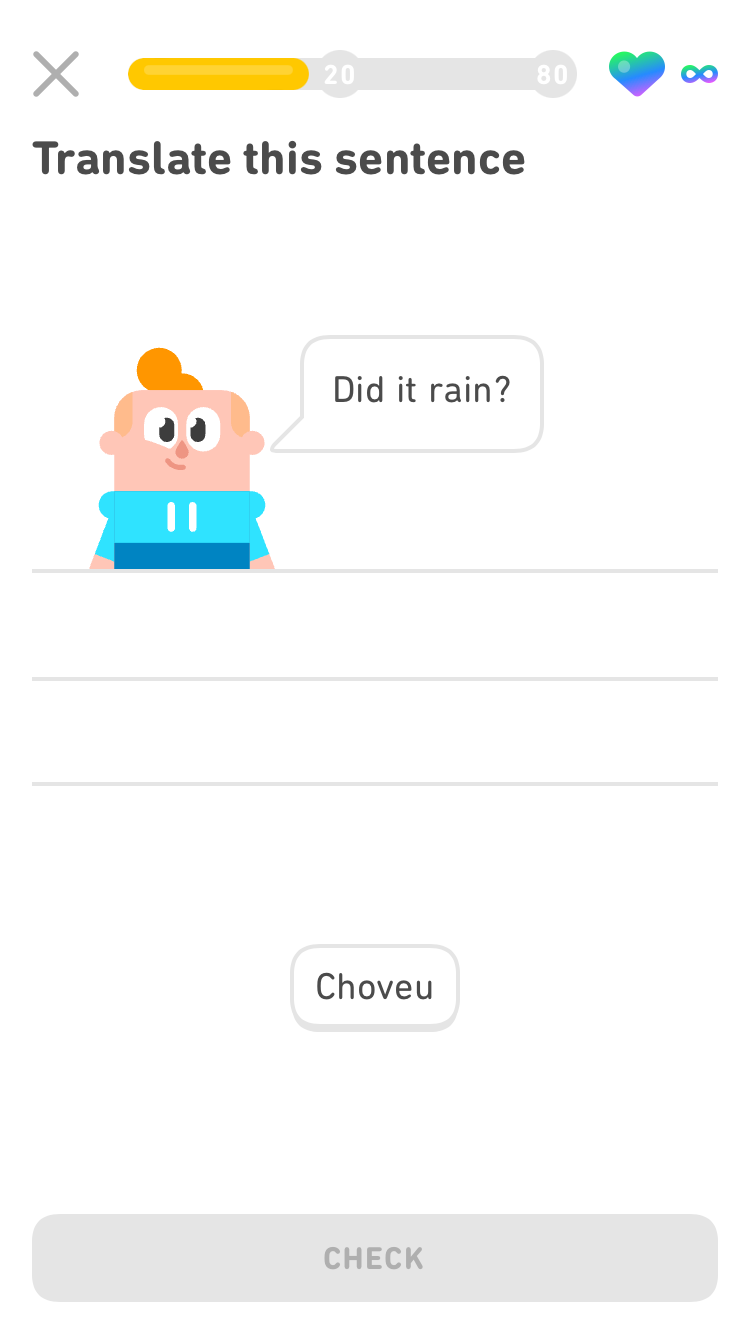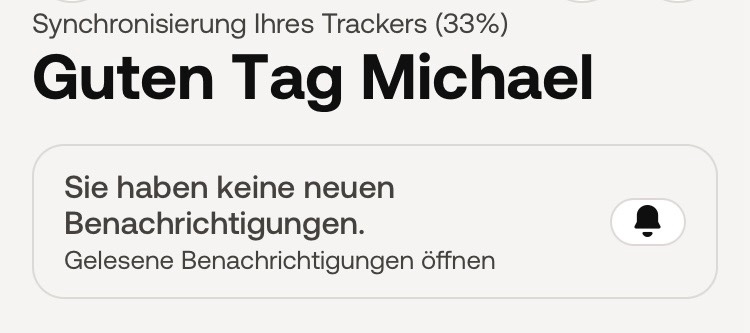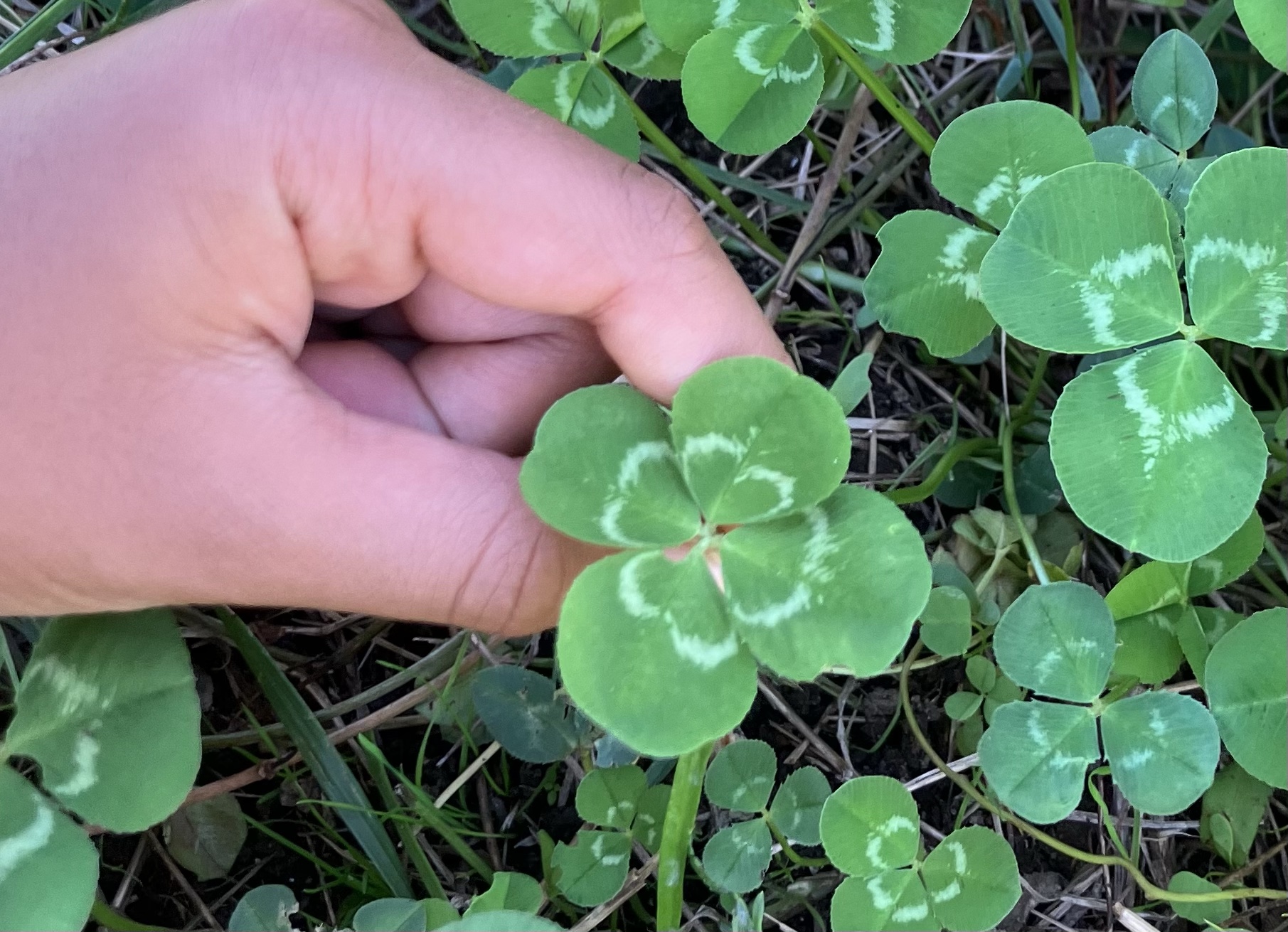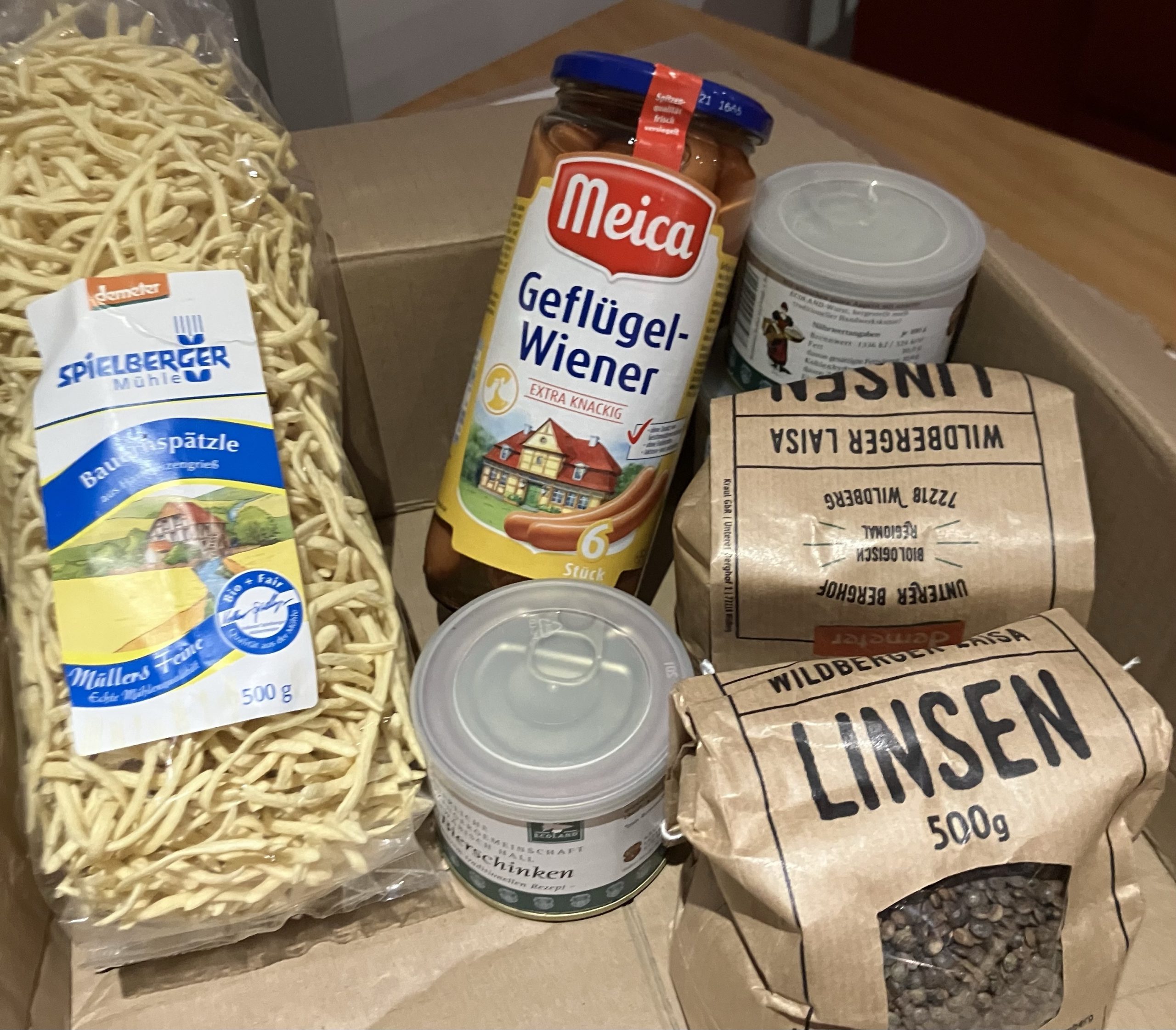Allowed names in Portugal
Something I learned today: in Portugal there exists a list of allowed names. It contains more than 80 pages. More female than male names. The gender is also clearly assigned. Of course there are possibilities for exceptions. But if both parents are of Portuguese origin the kid will end up with one of the names from the list. There is not much variation related to the spelling.
But: It’s possible to register the kid online.





